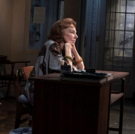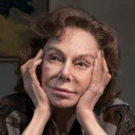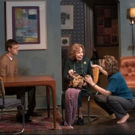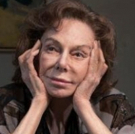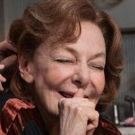The Waverly Gallery - 2018 Broadway History , Info & More
John Golden Theatre (Broadway)
252 West 45th St. New York, NY
A powerfully poignant and often hilarious play, The Waverly Gallery is about the final years of a generous, chatty, and feisty grandmother's final battle against Alzheimer's disease. Gladys is an old-school lefty and social activist and longtime owner of a small art gallery in Greenwich Village. The play explores her fight to retain her independence and the subsequent effect of her decline on her family, especially her grandson. More than a memory play, The Waverly Gallery captures the humor and strength of a family in the face of crisis.
The Waverly Gallery - 2018 - Broadway Cast
FEATURED REVIEWS FOR The Waverly Gallery
Review: Elaine May Might Break Your Heart in ‘Waverly Gallery’
8 / 10
'The Waverly Gallery' is very much a group portrait, in which everyday life is distorted to the point of surrealism by the addled soul at its center. And Ms. Neugebauer has assembled a dream cast to embody the collective madness that seems to descend on those closest to Gladys.
The Waverly Gallery
8 / 10
The Waverly Gallery forces us to deal with the walking memento mori that Gladys has become, but in a way that never seems cruel. Infuriating though she often is, it's impossible to hate her, and the casting of May, in her return to the Broadway stage after more than half a century, works brilliantly. She is funny and warm and she's familiar, which helps fill in some of the play's emotional blanks: Our affection and respect for this titan of American comedy spills over into how we respond to her character.
Category
The Waverly Gallery History
Other Productions of The Waverly Gallery
| 2000 | Off-Broadway |
Off-Broadway |
| 2018 | Broadway |
Broadway Premiere Broadway |
The Waverly Gallery - 2018 Broadway Awards and Nominations
| Year | Ceremony | Category | Nominee |
|---|---|---|---|
| 2019 | Drama Desk Awards | Outstanding Actress in a Play | Elaine May |
| 2019 | Drama Desk Awards | Outstanding Revival of a Play | The Waverly Gallery |
| 2019 | Drama League Awards | Distinguished Performance Award | Elaine May |
| 2019 | Drama League Awards | Outstanding Revival of a Broadway or Off-Broadway Play | The Waverly Gallery |
| 2019 | Outer Critics Circle Awards | Outstanding Actress in a Play | Elaine May |
| 2019 | Outer Critics Circle Awards | Outstanding Featured Actress in a Play | Joan Allen |
| 2019 | Outer Critics Circle Awards | Outstanding Revival of a Play | The Waverly Gallery |
| 2019 | Tony Awards | Best Performance by an Actress in a Leading Role in a Play | Elaine May |
| 2019 | Tony Awards | Best Revival of a Play | Kenneth Lonergan |
Videos






brigittelacombe9626.jpg?format=auto&width=720)

